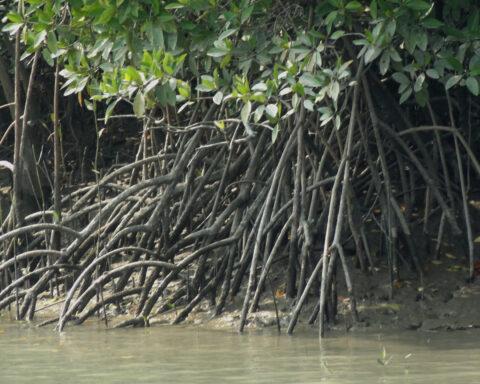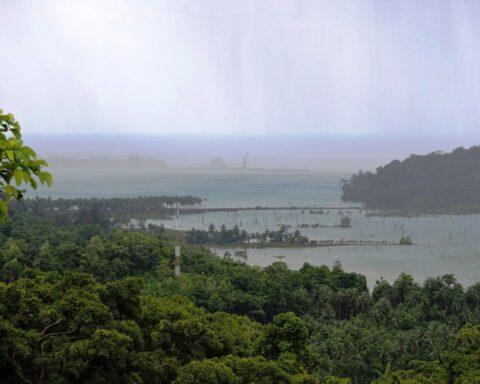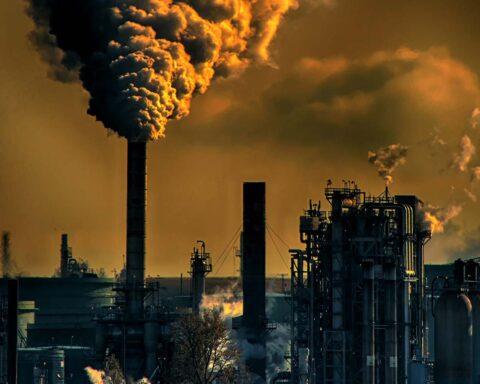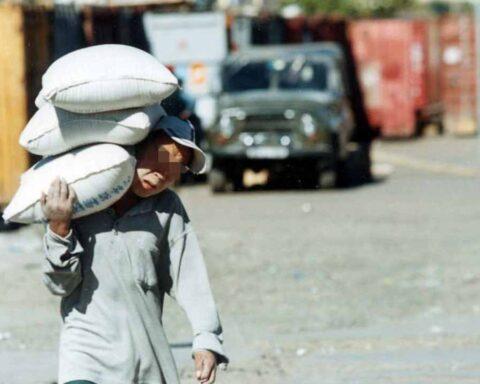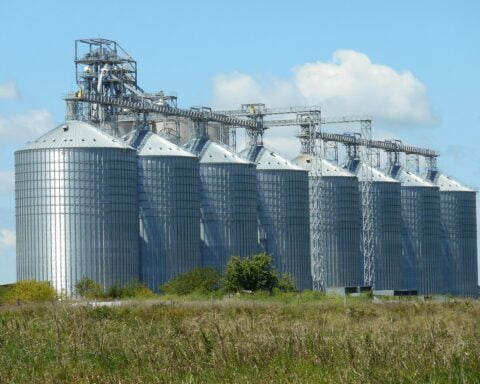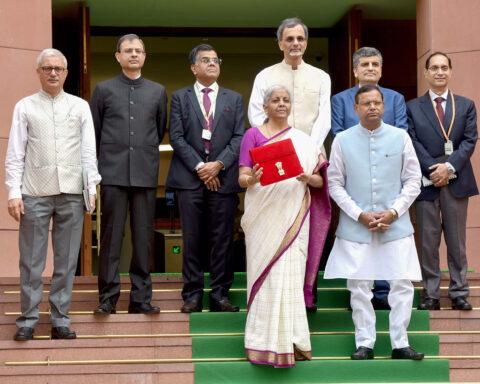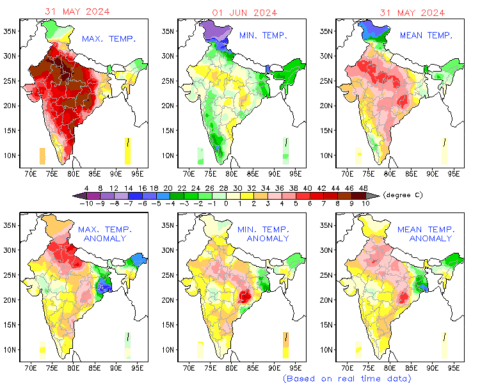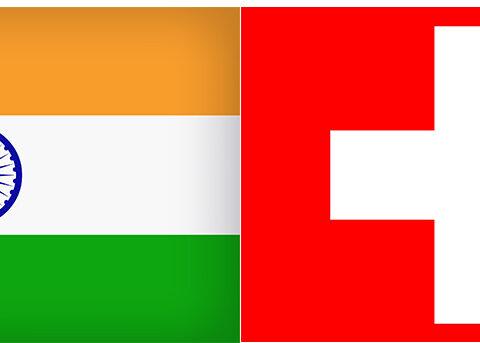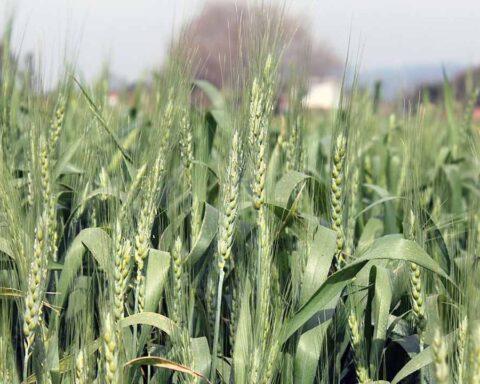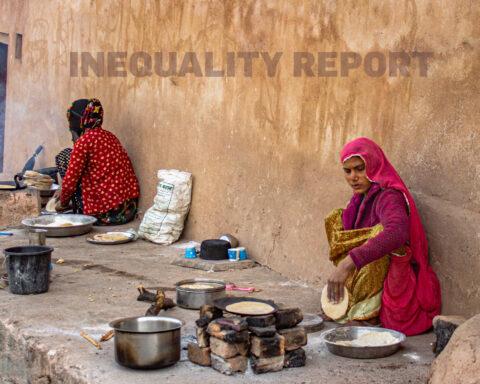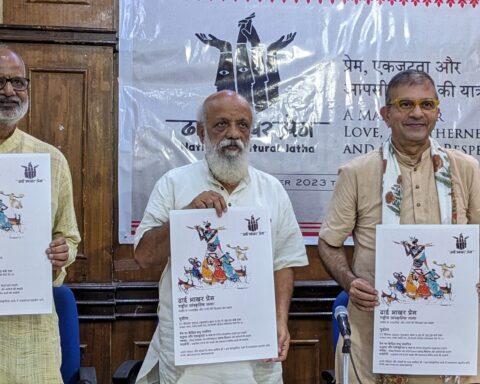Extreme weather events are here to stay. As India experienced, summers have become more intense, followed by monsoon deluge that triggered flash floods in the North. This year’s high average summer temperatures in the plains and extreme rainfall in the Himalaya offer some more indicators of shifting weather patterns.
Over the past two years vast swathes of India experienced “wet bulb” temperatures. The wet bulb phenomenon is used to describe severe and abrupt rises in temperature during summer that potentially pose a public health challenge. The chilling facts that have emerged from a number of studies point to further rises in mercury levels in the future. Data suggests that the average temperature in India has been higher than normal for the past few years.
A report by the Ministry of Earth Sciences (MoES) projected the pre-monsoon season heatwave frequency, duration, intensity, and areal coverage over India as substantially increasing in the near future. The average total duration of summer heatwaves, it said, may increase to about 15 days per season by mid-century (2040-69) and 18 days by the end of the century (2070-99).




